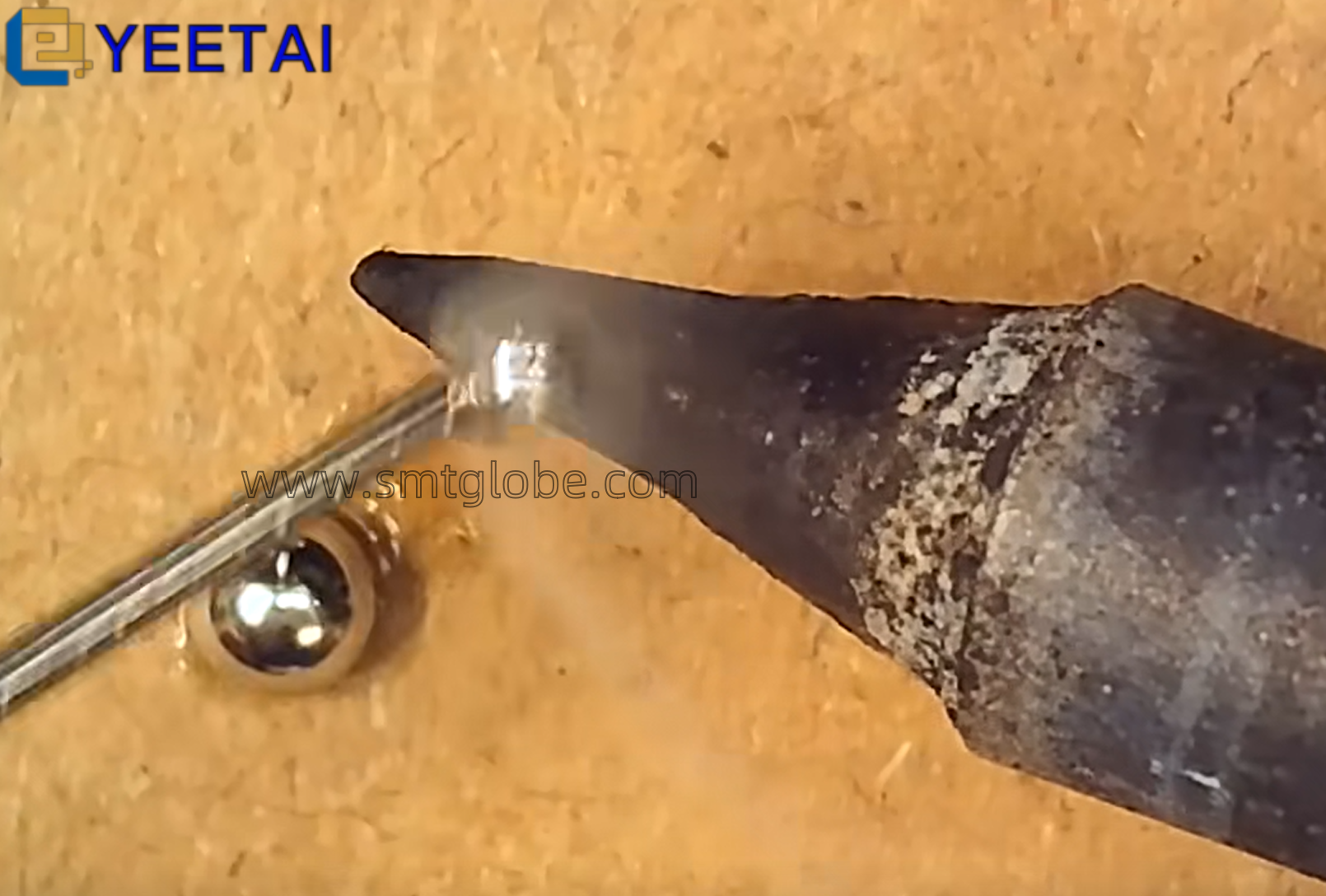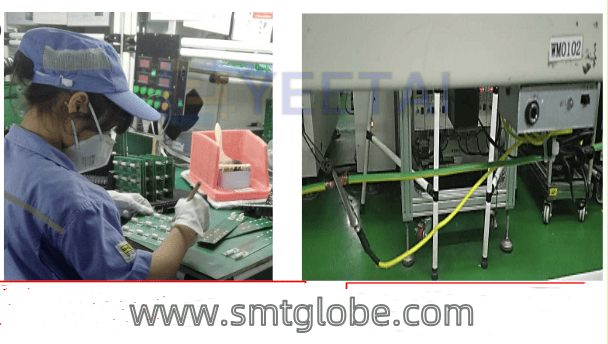SMT (Surface Mount Technology) feeders play a crucial role in the assembly process, and their proper operation is vital for maintaining efficiency and quality in production. This article shares comprehensive operational guidelines developed by our company to ensure optimal usage of SMT feeders. Adhering to these standards will enhance the effectiveness of your SMT feeders and improve overall production efficiency.
1. Selecting the Appropriate SMT Feeder
The first step in ensuring efficient operation is to select the right SMT feeder based on the components to be assembled. It is essential to:
- Refer to Engineering Labels: Use the labels compiled by the engineering department of your company as a reference to select the corresponding SMT feeder.
- Understand Feeder Labels: Familiarize yourself with the various labels and codes on the SMT feeders, as understanding their meanings will guide you in choosing the appropriate feeder for your specific components.
2. Checking Feeder Usability
Before using the chosen SMT feeder, it’s crucial to perform several checks to ensure it is in good working condition:
- Inspect for Missing Parts: Verify that the feeder is complete and that there are no missing crucial components. A feeder missing key parts cannot operate effectively.
- Examine for Deformation: Check the outer appearance for any deformities. Look for issues with the pressure plate, feeding gears, tape reels, and locking clamps to ensure there are no “jams” present.
- Check Tightness of Screws and Clamps: Inspect the locking screws or clamps on the feeder for any looseness and ensure they can operate normally.
- Assess Spring Tension: Evaluate the tension of the springs in various parts of the feeder to confirm that they are appropriate, allowing for normal and agile feeding.
3. Installing the SMT Feeder
Installation of the SMT feeder must be performed carefully to ensure it functions correctly:
- Clear the Mounting Area: Begin by cleaning any debris from the positioning plate of the SMT feeder to ensure proper placement.
- Align Positioning Pins: Insert the positioning pins of the feeder into the corresponding holes on the workstation accurately. Once positioned, securely tighten the locking screws to hold the feeder in place.
Conclusion
By following these operational guidelines, employees can better utilize SMT feeders, thus improving production efficiency and increasing the yield of quality products. The details provided are a brief overview of the general contents of our operation manual. This article aims to inspire companies to develop customized operational guidelines for SMT feeders based on their specific needs and requirements.
These standards not only help in maximizing productivity but also protect the feeders, ensuring they operate at peak performance over time.
At YEETAI, we produce all kinds of feeder to upgrade Juki SMT machines.



